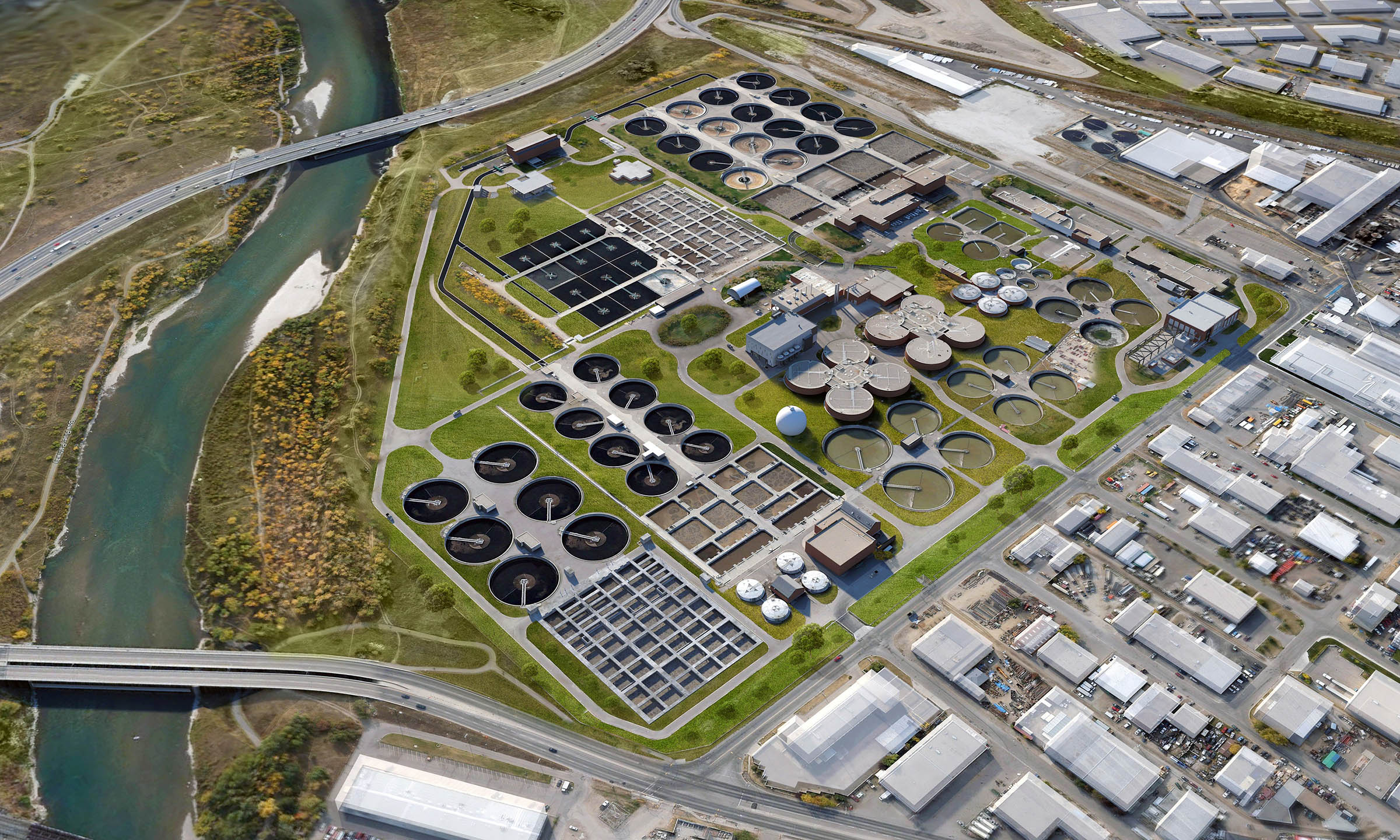Secret Difficulties in Urban Waste Water Treatment Techniques
Secret Difficulties in Urban Waste Water Treatment Techniques
Blog Article
Strategic Approaches to Improve Drainage Treatment Effectiveness and Decrease Ecological Impact
In the realm of waste water therapy, the pursuit for improved performance and decreased environmental effect is a perpetual challenge that demands strategic options. As culture grapples with the critical to manage water sources sustainably, a nuanced method ends up being essential. The assimilation of advanced therapy technologies, energy-efficient processes, resource healing techniques, boosted nutrient elimination methods, and smart tracking and control systems represents a multifaceted structure for dealing with these pressing worries. Nevertheless, what lies at the core of this facility web of approaches is the prospective to reinvent the way we approach drainage therapy, not equally as a procedure of disposal, yet as a valuable opportunity for advancement and ecological stewardship.
Advanced Treatment Technologies
Innovative membrane purification systems have revolutionized advanced wastewater therapy processes, substantially improving the removal of pollutants. This modern technology has confirmed to be extremely efficient in removing a vast array of pollutants, consisting of pharmaceuticals, heavy steels, and natural compounds, which are usually testing to eliminate with standard therapy methods.
Moreover, membrane filtering systems offer many advantages over traditional treatment methods. In addition, these systems are extremely versatile and can be conveniently integrated into existing treatment plants or used as standalone systems for decentralized applications.
Energy-Efficient Processes
The combination of energy-efficient procedures in wastewater treatment systems is critical for enhancing resource utilization and decreasing functional costs. One essential approach to improving energy effectiveness in wastewater therapy is the application of advanced aeration systems, such as fine bubble diffusers or surface aerators, which can enhance oxygen transfer effectiveness and minimize energy intake.
Furthermore, optimizing process control and automation through making use of sophisticated sensing units and keeping track of systems can improve general energy efficiency by changing procedures in real-time based upon real need and conditions. Applying power audits and routinely monitoring energy efficiency indications are necessary methods to recognize locations for renovation and track energy-saving campaigns properly. Overall, the adoption of energy-efficient procedures in wastewater therapy not just benefits the setting but likewise adds to lasting cost financial savings and operational sustainability.
Source Healing Methods
With a focus on enhancing source use and sustainability in wastewater therapy systems, the application of resource recuperation methods arises as a critical aspect in enhancing operational efficiency. Source healing techniques in wastewater treatment involve the recognition and extraction of important sources from the waste stream, therefore turning what was as soon as taken into consideration waste into an important possession. By applying source recuperation techniques such as nutrient removal and healing, energy generation from natural matter, and the manufacturing of recyclable water, wastewater treatment plants can decrease environmental effect while making best use of efficiency.

Enhanced Nutrient Elimination Methods
Executing advanced nutrient elimination methods is important for maximizing the effectiveness of wastewater therapy systems. One of the crucial techniques made use of for enhanced nutrient removal is the process of organic nutrient elimination (BNR), which involves the elimination of nitrogen and phosphorus via biological procedures.

In enhancement to BNR, advanced treatment techniques such as membrane layer bioreactors (MBRs) and constructed marshes can additionally be used to boost nutrient elimination performance. By integrating these innovative nutrient elimination strategies right into wastewater therapy municipalities, sectors and systems can efficiently decrease nutrient air pollution and shield the atmosphere.
Smart Monitoring and Control Systems
Making use of cutting-edge technology, the assimilation of clever tracking and control systems transforms the functional performance of wastewater treatment facilities. These systems incorporate innovative sensing site units and data analytics to continually keep track of vital parameters such as pH degrees, turbidity, dissolved oxygen, and circulation rates in real-time. By gathering and examining this data, drivers can get valuable understandings into the efficiency of the treatment procedures, allowing proactive modifications to optimize therapy efficiency.
Smart monitoring and control systems additionally sustain remote surveillance abilities, enabling drivers to access real-time information and control functions from off-site locations. This remote access improves functional flexibility and responsiveness, making it possible for swift treatments in situation of system breakdowns or fluctuations in influent high quality. Additionally, the anticipating upkeep abilities of these systems aid avoid tools failures and reduce downtime, eventually improving the general integrity of wastewater treatment procedures (Waste Water Treatment).
Verdict
Finally, tactical techniques such as advanced treatment technologies, energy-efficient processes, source recovery techniques, improved nutrient removal methods, and clever surveillance and control systems play an essential function in improving wastewater therapy performance and decreasing ecological effect. By implementing these methods, wastewater therapy plants can boost their overall efficiency, minimize power usage, recoup valuable resources, and make certain conformity with ecological guidelines. These techniques are essential for reliable and sustainable wastewater monitoring practices.

In verdict, tactical strategies such as sophisticated therapy innovations, energy-efficient procedures, resource recuperation approaches, improved pop over to this site nutrient elimination strategies, and wise surveillance and control systems play a critical role in improving wastewater therapy effectiveness and reducing ecological influence.
Report this page